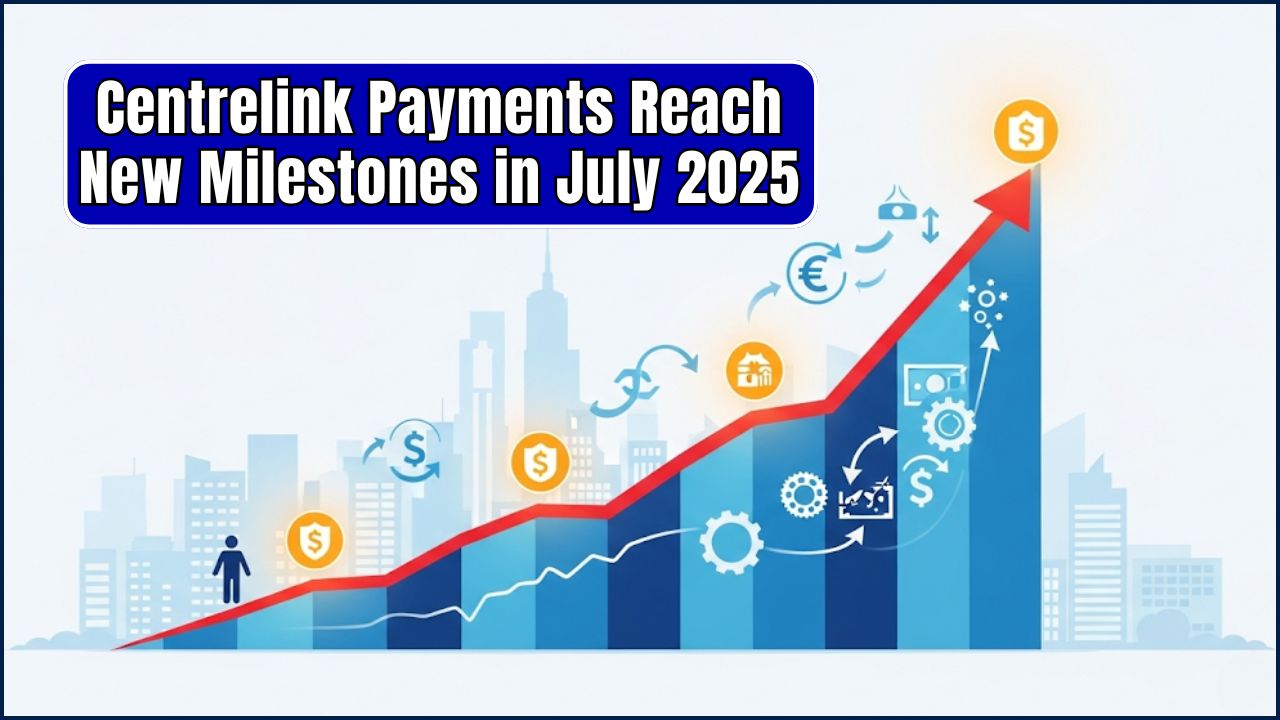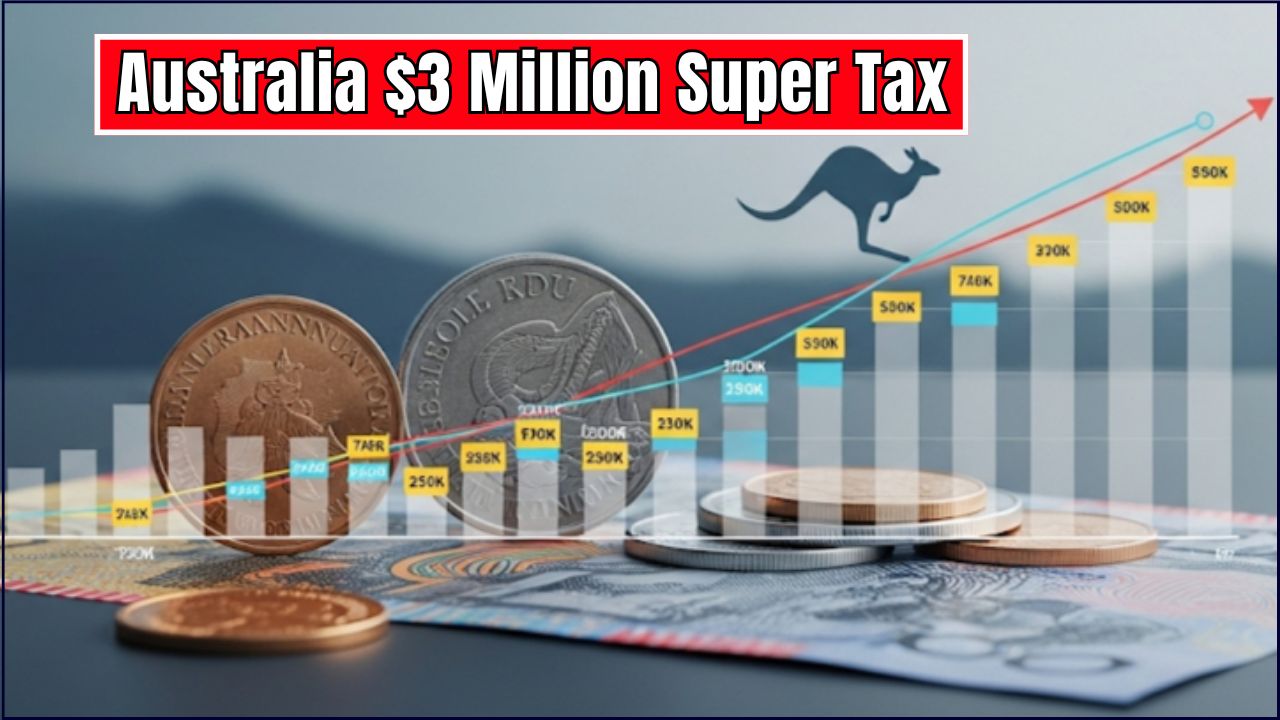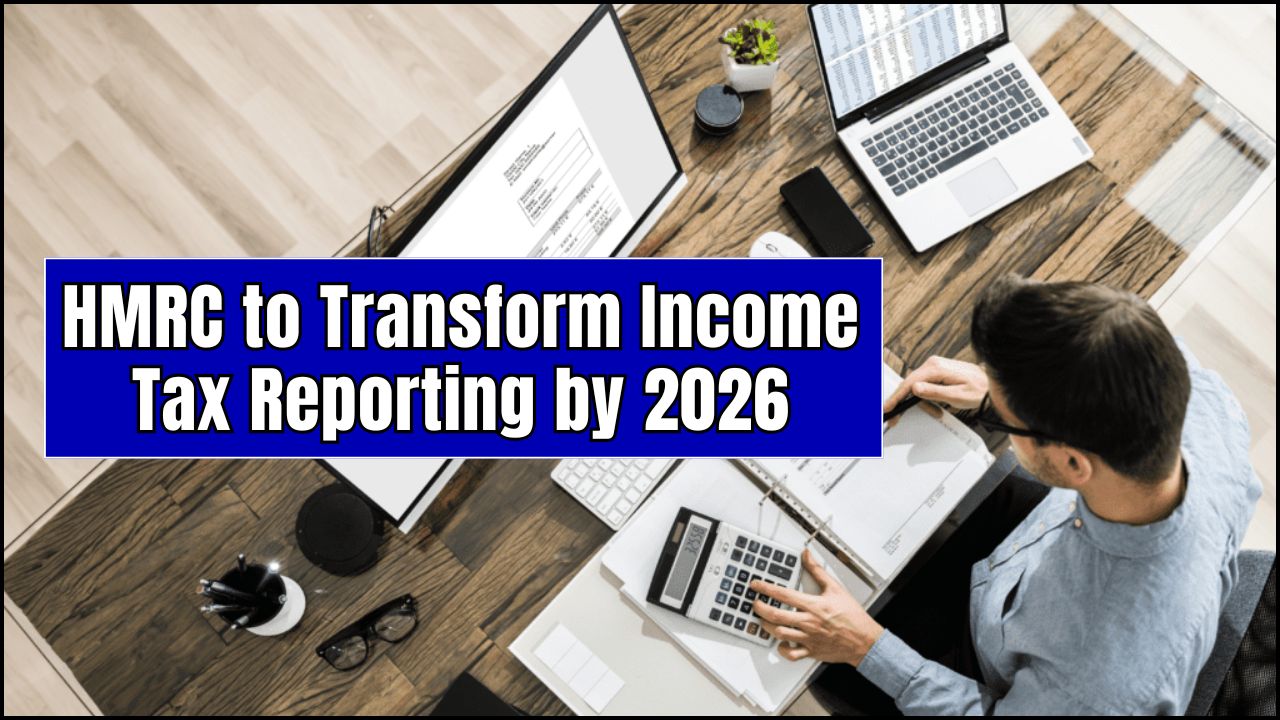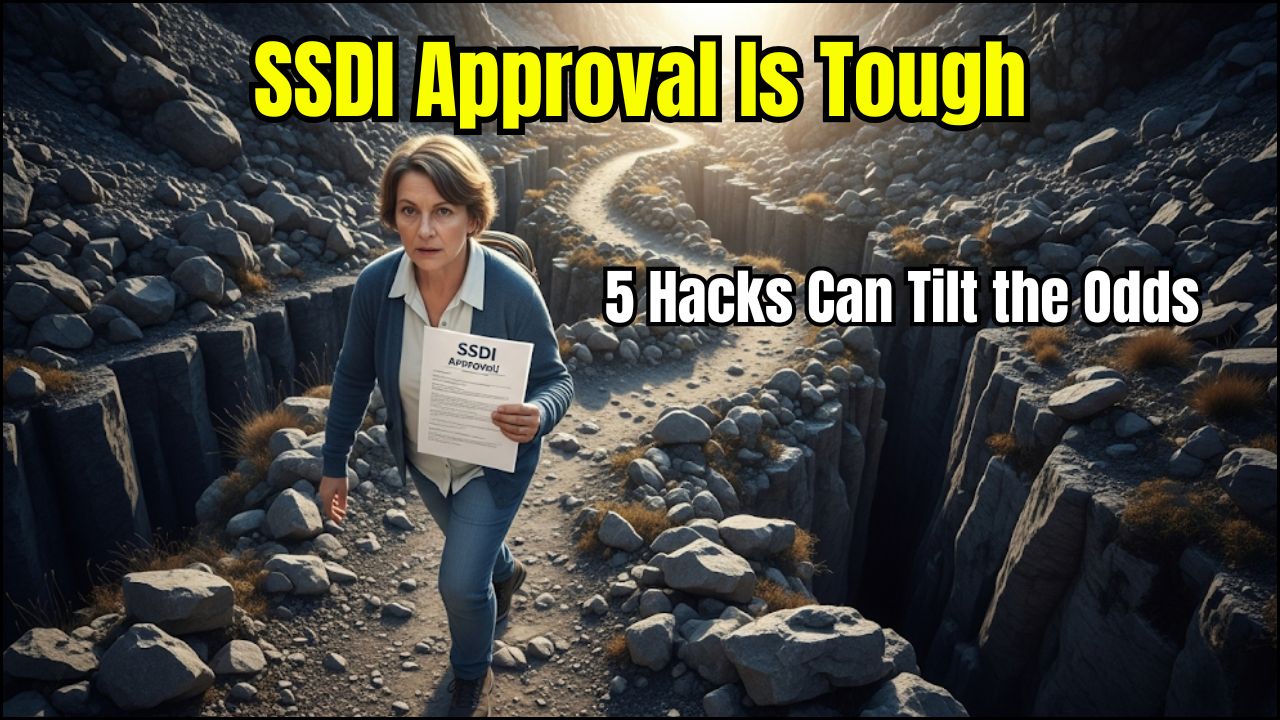In the next few years, a major shift is happening with how the UK tax system works. HM Revenue & Customs (HMRC) is transforming the way self-employed individuals and landlords report their income and taxes. The plan, known as Making Tax Digital (MTD) for Income Tax Self Assessment (ITSA), is set to revolutionize the way taxpayers keep their financial records. While it sounds like a mouthful, this change is something everyone who earns from self-employment or property needs to be aware of. By 2026, the way you report your income to the taxman will be changing—big time.
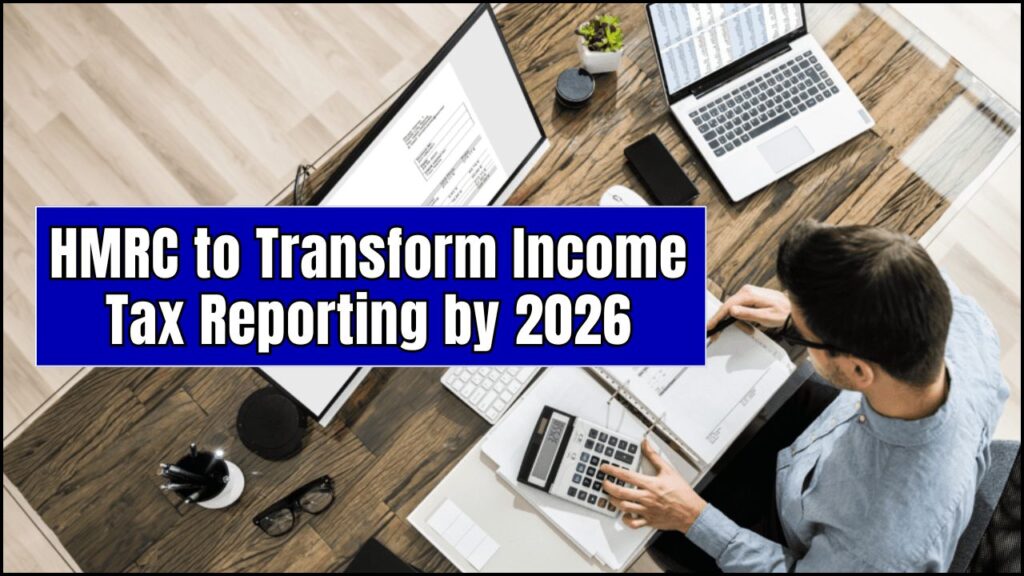
This shift to digital record-keeping and tax reporting is intended to make the process smoother, quicker, and more accurate. So, if you’re self-employed or renting out property, there’s a good chance that MTD for ITSA is going to be part of your future. But don’t worry. We’re here to break it all down in simple terms.
HMRC to Transform Income Tax Reporting by 2026
| Key Info | Details |
|---|---|
| What is MTD for ITSA? | A new system requiring self-employed individuals and landlords to submit quarterly updates and an end-of-year declaration. |
| Who is affected? | Those earning over £50,000 from self-employment or property starting April 2026. |
| What are the key dates? | – April 2026: For earnings over £50,000. – April 2027: Earnings over £30,000. – April 2028: Earnings over £20,000. |
| What you need to do | Use MTD-compatible software, keep digital records, and submit quarterly updates to HMRC. |
| Penalties | HMRC will impose penalties for late filings and payments, ranging from 3% to 10%. |
| Exemptions | Some people may be exempt, like those below the income thresholds or those who are digitally excluded. |
| Official Resources | visit HMRC’s official MTD for ITSA page. |
The shift to Making Tax Digital for Income Tax may seem like a hassle at first, but it’s part of a bigger push to make the tax system smoother and more efficient. By starting now, using the right software, and staying on top of your quarterly updates, you can avoid penalties and stay compliant with the law.
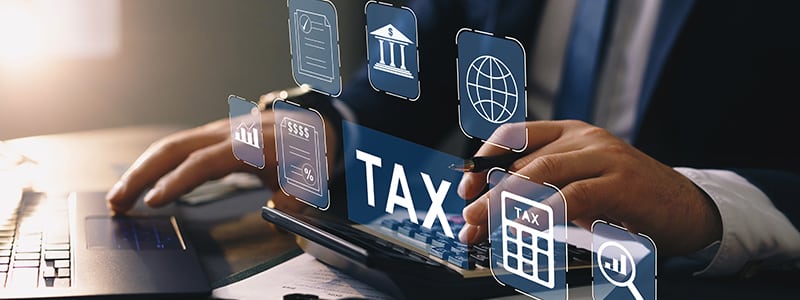
By 2026, everyone who meets the income thresholds will need to report regularly, so now’s the time to get ready. It’s all about making things simpler, faster, and more accurate—and we’re here to help you through it.
Start preparing today to ensure a smooth transition when MTD for ITSA becomes mandatory.
What Does This Change Mean for You?
If you’re like most people, taxes are something you’d rather not think about until tax season rolls around. But with MTD for ITSA, it’s time to get ahead of the game. Let’s break it down step by step so you know exactly what to expect and what actions to take now to prepare for 2026.
What Is Making Tax Digital for Income Tax?
At its core, MTD for ITSA is a set of rules that will change the way self-employed people and landlords report their income to HMRC. Instead of filing one big tax return once a year, you’ll have to submit quarterly updates about your income and expenses. These updates won’t be full tax returns, but they’ll help HMRC keep track of your financial situation in real time.
The idea behind this is pretty simple: by making the process more digital and up-to-date, the government can make sure everyone is paying the right amount of tax, while also reducing human error and fraud.
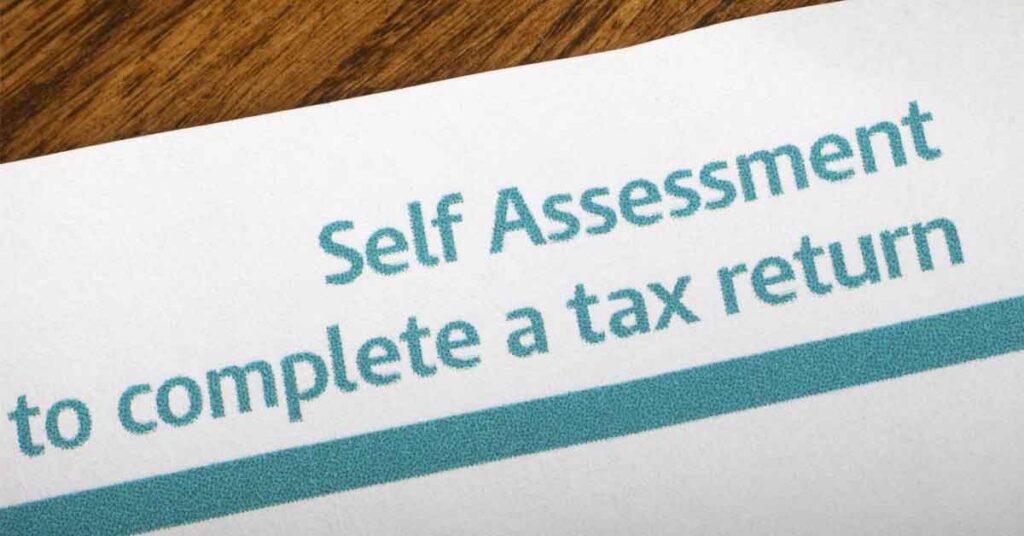
In short, MTD for ITSA is all about getting your tax info to HMRC more regularly using digital tools. And while this may seem like a lot of work up front, the goal is to make everything easier in the long run.
Why is This Happening?
This shift is part of the UK government’s broader initiative to make the tax system more modern, efficient, and accessible. The traditional paper-based system has a lot of inefficiencies and can often lead to mistakes. MTD aims to solve those issues by moving everything online.
The UK government also believes that by switching to digital records, businesses will be able to get tax advice in real time, thus avoiding tax problems before they arise.
Key Dates: When Do You Need to Act?
One of the biggest questions on everyone’s mind is: When does all this happen?
Here’s the timeline:
- April 2026: If your combined income from self-employment or property is above £50,000, MTD will become mandatory.
- April 2027: The threshold drops to £30,000.
- April 2028: The final drop to £20,000 comes into play.
In essence, if you earn more than the relevant threshold from self-employment or property, you will be required to submit your income and expense data to HMRC quarterly through MTD-compliant software.
It’s important to note that income from employment, pensions, or dividends is not counted in these calculations. So, if your side hustle (or your rental income) puts you above these thresholds, you’ll need to get ready for this change.
What Do You Need to Do?
Step 1: Start Using MTD-Compatible Software
MTD isn’t just about filing forms online. It’s about keeping digital records that HMRC can easily access. That means you need to start using approved accounting software that can submit data directly to HMRC.
There are plenty of MTD-compatible software options out there. Some of the more popular ones include Xero, QuickBooks, and FreeAgent. These tools are designed to make it easier for you to track your income, expenses, and submit the required reports to HMRC without having to do everything manually.
Case Study: John, a freelance graphic designer, started using QuickBooks two years ago to track his income and expenses. As a result, when the MTD changes roll out, John won’t have to make any major changes—his system will already be compliant, and he’ll just need to keep submitting his quarterly updates.
Step 2: Get Comfortable With Quarterly Reporting
Starting in 2026, you will need to submit your income and expenses to HMRC every three months. These submissions are essentially just summaries, so they aren’t as detailed as your final end-of-year tax return. Think of it like checking in with HMRC about your finances every quarter.
This will give HMRC a much clearer view of your financial situation throughout the year, helping them spot potential issues early on.
Step 3: Submit Your End-of-Year Declaration
Even with the quarterly updates, you’ll still need to file a final tax return at the end of the year. This final declaration will include any adjustments, additional income, and any claims for allowances or reliefs.
The Benefits of MTD
While MTD might sound like extra work, there are some major benefits for businesses and individuals who get on board early:
- Accurate Tax Returns: By keeping more frequent, up-to-date records, there’s less chance for mistakes. This means fewer errors and more accurate tax filings.
- Improved Cash Flow: With real-time data, you’ll have a better idea of your financial position, which can help with forecasting and planning.
- Better Tax Planning: Having your data submitted regularly means that you can spot any potential tax issues well in advance, rather than scrambling at the end of the year.
Penalties for Non-Compliance
What Happens If You Miss a Deadline?
Late submissions and payments are always a headache, and with MTD, there are penalties if you don’t stay on top of your deadlines.
Here’s a quick breakdown:
- 3% penalty for payments overdue by 15 days.
- 6% penalty for payments overdue by 30 days.
- 10% per annum for overdue payments that are 31 days or more late.
These penalties are designed to make sure people file on time and help keep the system running smoothly. So, make sure you’re ready to meet your deadlines, or risk paying extra!
Exemptions and Who’s Affected
Some people won’t be required to use MTD for ITSA. Here are some common exemptions:
- Income below the threshold: If you earn less than £50,000 (or £30,000 or £20,000 depending on when your income threshold hits), you won’t need to worry about MTD for ITSA.
- Digital exclusion: If you can’t use digital tools due to a disability or other reasons, you may be exempt.
If you think you qualify for an exemption, make sure you contact HMRC before the changes come into effect.
Technology: Tools for the Job
The digital side of MTD might be intimidating at first, but the right tools can make it incredibly easy. Here’s a breakdown of popular MTD-compliant software:
- Xero: Known for its simplicity and ease of use, Xero is ideal for small businesses and freelancers.
- QuickBooks: A robust option for growing businesses, QuickBooks offers advanced reporting features and integrations with other business tools.
- FreeAgent: A fantastic choice for freelancers, with a straightforward interface and features geared towards self-employed workers.
FAQs
Do I need to switch to MTD-compliant software now?
Not yet! But it’s a good idea to start looking into MTD-compatible options and get familiar with the software. You can also sign up for voluntary testing to get a head start.
What if I don’t submit my quarterly updates?
If you miss a quarterly update, HMRC may charge you penalties. It’s crucial to stay on top of deadlines to avoid these.
What if my income is below the threshold?
If your income is below the threshold, you don’t need to worry about MTD for ITSA. But if it goes above the limit at any point, you’ll need to start using MTD.



